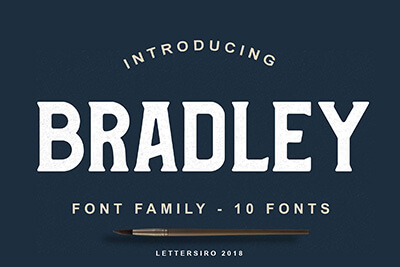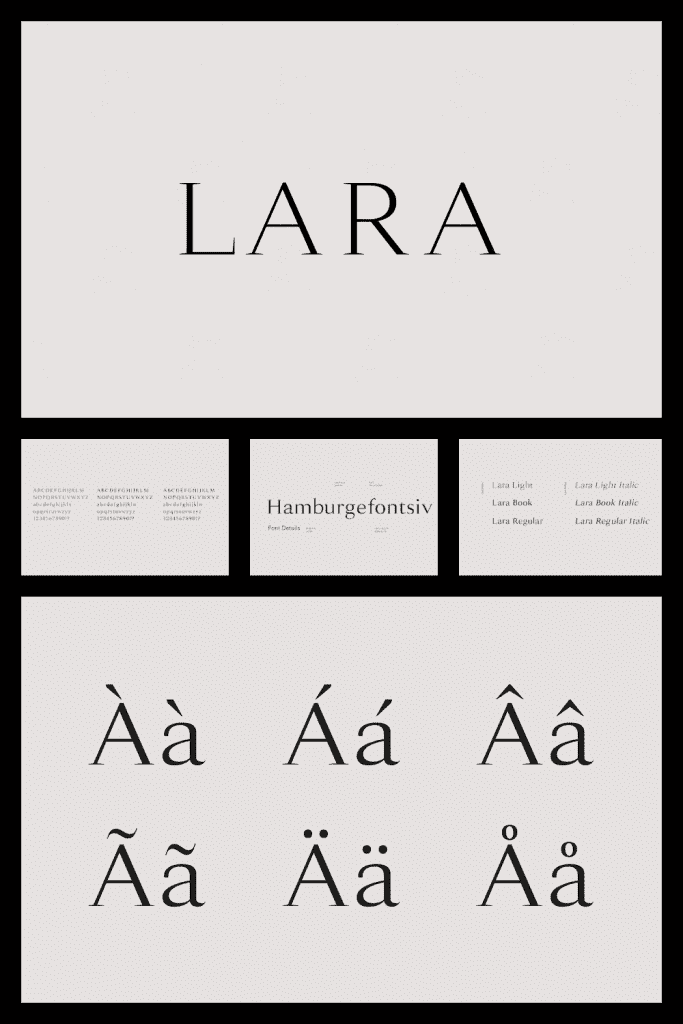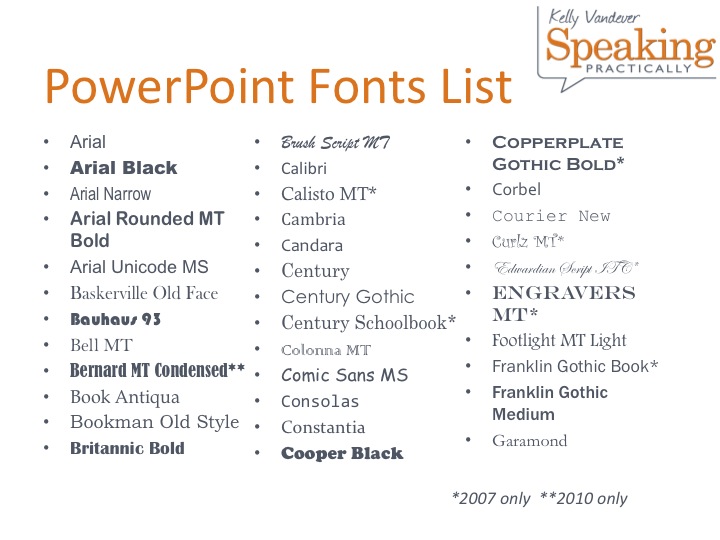
In my current role as an analytics evangelist, I’m not always presenting from my own computer. While it can be an occasional problem for internal computers, it can be a serious problem when presenting on external computers or sharing PowerPoint files outside of your company. No, Arial and Helvetica are not the same. PCs don’t have Helvetica by default like Macs. If you have both PCs and Macs at your workplace, it’s also common to run into font compatibility problems because PCs and Macs don’t share all the same fonts (e.g., PCs don’t have the Helvetica font by default). When it comes to setting up a new computer or re-imaging an existing computer (i.e., restoring a computer to its default state typically after a bad crash or virus), fonts aren’t going to be the highest priority for IT. However, I’ve still seen problems with custom corporate fonts when your IT team fails to install these fonts on all new computers or re-imaged computers. In most cases, a non-standard or custom corporate font isn’t going to cause problems internally because theoreticallyeveryone at your company should have the corporate font installed. In other words, your nicely designed slides can turn into an unintelligible, sloppy-looking mess simply because the computer you’re presenting on doesn’t have the right font. As a result, all of your copy and labels may end up being misaligned or text-wrap in places you didn’t anticipate.

Why? When people go to view your file on their computers and they don’t have the same font, PowerPoint will substitute another font which may not be the exact same size or style as your original font (12 pt in one font can be smaller or larger in another font).


You may hate Microsoft’s default fonts (e.g., Arial), but if you’re considering using another font you’ll want to make sure it’s a commonly installed font. When picking fonts for presentations or corporate PowerPoint templates, you need to be careful which fonts you choose.


 0 kommentar(er)
0 kommentar(er)
